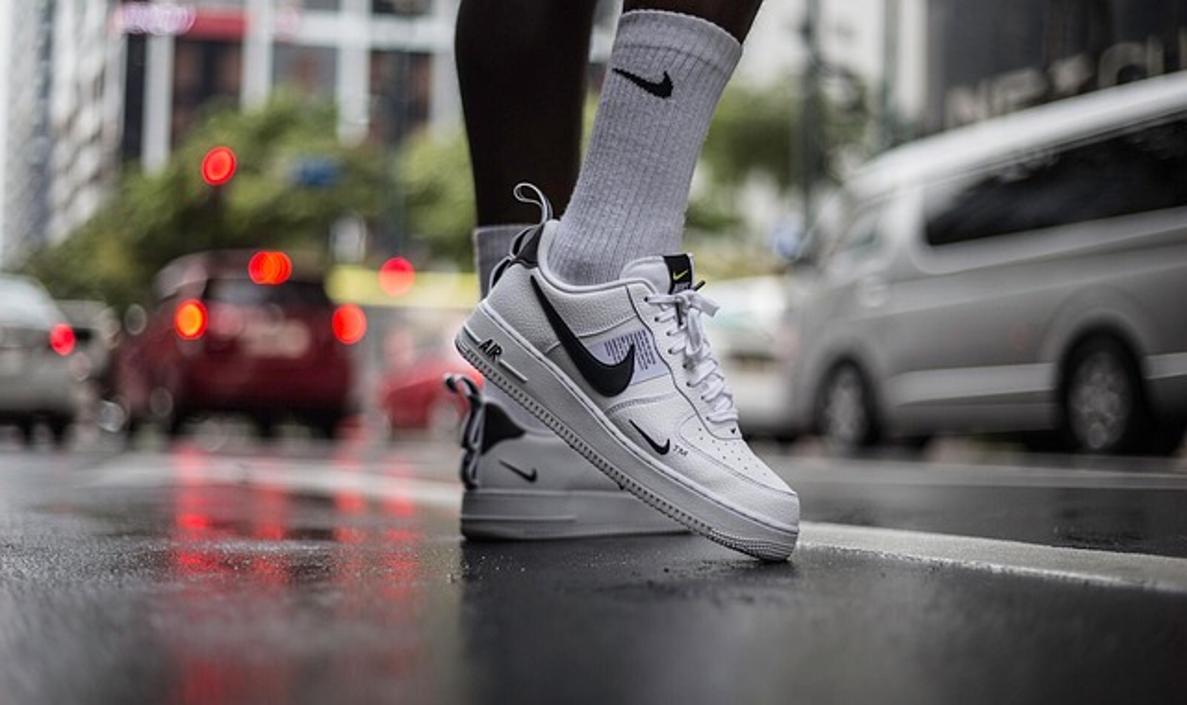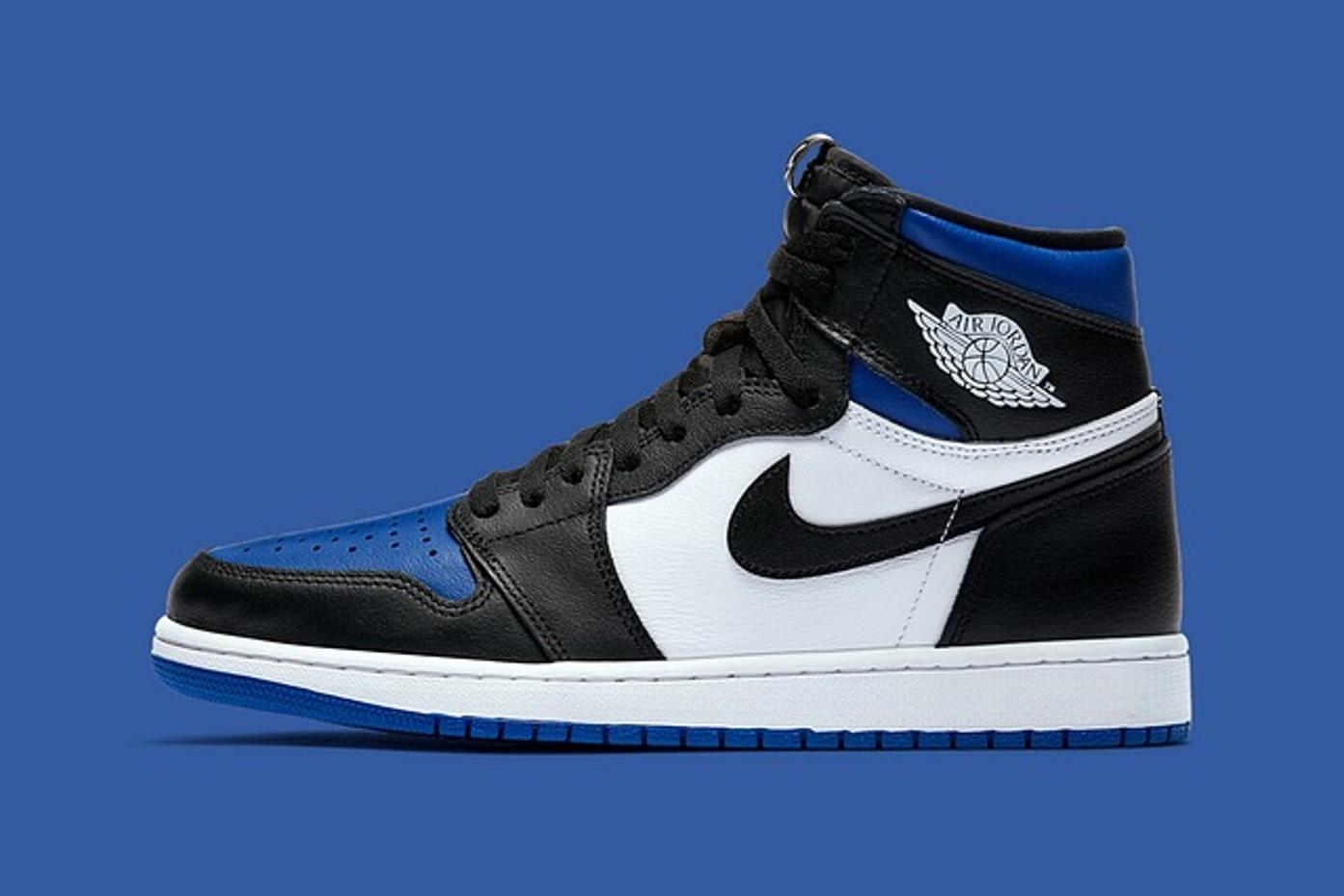Introduction
Debating which is better, Nike or Adidas, is a longstanding conversation among sneaker enthusiasts and casual wearers alike. Both of these industry giants have an incredible influence on the market, offering a variety of strengths across numerous areas. This article dives deep into their histories, popular models, technologies, comfort, and various other factors to help you decide which brand might work best for your individual needs.

Brand History and Evolution
Nike, originally known as Blue Ribbon Sports, was founded in 1964 and officially became Nike Inc. in 1971. The brand’s iconic Swoosh logo was created the same year, setting the stage for Nike to become a global powerhouse in athletic wear. Throughout the decades, Nike has evolved, continually pushing the boundaries of sports technology and consumer-centric design. Its famous advertising campaigns, star athlete endorsements, and broad product range contribute to its prominence.
Adidas, on the other hand, was founded in 1949 by Adolf Dassler. The company quickly gained traction in the athletic world, known for its three-stripe logo. Adidas has shown consistent growth, expanding from sports footwear to athleisure, thereby carving out a significant niche in both the athletic and lifestyle sectors. The brand’s evolution reflects a strong commitment to innovation and quality, as well as a focus on sustainability in recent years.
Transitioning from their rich histories, it’s essential to explore the popular sneaker models that have defined these brands.
Popular Sneaker Models
Nike boasts an impressive lineup of iconic sneaker models. The Air Jordan series, launched in 1985, revolutionized the sneaker industry, blending high-performance athletic footwear with streetwear fashion. Additionally, the Nike Air Max series, known for its visible air cushion technology, has remained popular since its debut in 1987. The Flyknit and React lines reflect Nike’s commitment to pushing technological boundaries.
In comparison, Adidas has its fair share of legendary models. The Superstar, initially introduced as a basketball shoe in 1969, is now a staple in streetwear fashion. Another notable addition is the Stan Smith, originally a tennis shoe, which enjoys enduring popularity thanks to its minimalist design. The Ultra Boost and NMD lines are more recent innovations that showcase Adidas’s prowess in combining performance with style.
Considering these beloved models, let’s now discuss the technologies that set these brands apart.
Performance and Technology
Nike’s proprietary technologies are a significant selling point. The brand’s Air Cushioning system, first introduced in the late ’70s, remains a cornerstone of many sneaker designs. React foam, introduced in the early 2010s, offers a lightweight and responsive cushioning experience. Flyknit technology, utilizing high-strength fibers for a sock-like fit, is another game-changer, especially for runners and athletes.
Adidas has also excelled in sneaker technology, particularly with Boost cushioning, known for its superior energy return and comfort. The Primeknit material provides a stretchy, adaptive fit similar to Nike’s Flyknit. Adidas’s Torsion System, facilitating natural foot movement and stability, has been a long-standing feature in various models.
From advanced technologies, we now shift our focus to how these features translate into comfort and fit for everyday users.
Comfort and Fit
Comfort is paramount when choosing the right sneaker. Nike’s Flyknit and React technologies offer snug fit and plush cushioning, but some users find their sizing to run narrow. Nevertheless, the versatility in widths across different models can accommodate various foot shapes.
Adidas’s Boost technology is frequently praised for its cushioning, making it ideal for prolonged wear. Primeknit also adapts well to the foot’s shape, providing exceptional comfort. Generally, Adidas tends to run true to size, although some models offer varying fits.
Transitioning from fit and comfort, another important aspect is the cost-effectiveness and overall value of these brands.
Price and Value for Money
Nike sneakers typically range from $100 to $200 but can go much higher for premium or limited-edition models. Their higher-end models often feature advanced technologies and are marketed with the allure of star athlete endorsements, justifying the steep price tags.
Adidas offers a wide range, from entry-level models around $60 to high-end versions upwards of $180. The UltraBoost and NMD series come in diverse styles and often include cutting-edge technology at a reasonable price point.
While price and value are significant considerations, today’s consumers are increasingly interested in sustainability and corporate responsibility.

Sustainability and Corporate Responsibility
Nike has made strides in sustainability with its ‘Move to Zero’ campaign aiming for zero carbon and zero waste. They have introduced products made from recycled materials, and their Circular Design Workbook is pushing towards a more sustainable future for fashion.
Adidas equally stands out with its sustainable initiatives. The brand’s Parley for the Oceans project transforms ocean plastic into high-performance sportswear, and their Futurecraft Loop is an entirely recyclable sneaker. Adidas’s efforts have not gone unnoticed, earning them a reputation for forward-thinking environmental responsibility.
Both brands clearly invest heavily in sustainability, but let’s see how they fare in terms of market presence and popularity.

Market Presence and Popularity
Nike has a dominant presence globally, holding the largest market share in the athletic footwear industry. Their aggressive marketing campaigns, endorsements from top athletes, and collaborations with fashion designers and celebrities amplify their visibility.
Adidas also enjoys a robust market presence but trails behind Nike in global market share. Nonetheless, Adidas’s collaborations with artists like Kanye West for the Yeezy line and their ongoing partnership with Parley for the Oceans have considerably bolstered their brand image and popularity.
From market presence, it’s time to wrap up the comparison with a well-rounded conclusion.
Conclusion
Both Nike and Adidas bring a plethora of strengths to the table. Nike excels in revolutionary technologies and broad market presence, while Adidas stands out with its sustainability initiatives and comfort-centric designs. Ultimately, the “best” brand boils down to personal preference, specific uses, and which elements—such as technology, comfort, or sustainability—matter most to you.
Frequently Asked Questions
Which brand has better sneaker technology?
Both brands offer unique and advanced sneaker technologies. Nike is renowned for its Air Cushioning and Flyknit, while Adidas excels with its Boost cushioning and Primeknit materials.
Are Nike or Adidas sneakers more durable?
Durability can vary by model. Generally, both brands produce high-quality sneakers designed for long-term use, though user reviews suggest Adidas models with Boost technology may have a slight edge in sustained comfort and durability.
Which brand offers better value for money?
Adidas often provides a better range of budget-friendly options without compromising on technology. However, Nike’s high-end models are justified by their innovative features and premium materials.
